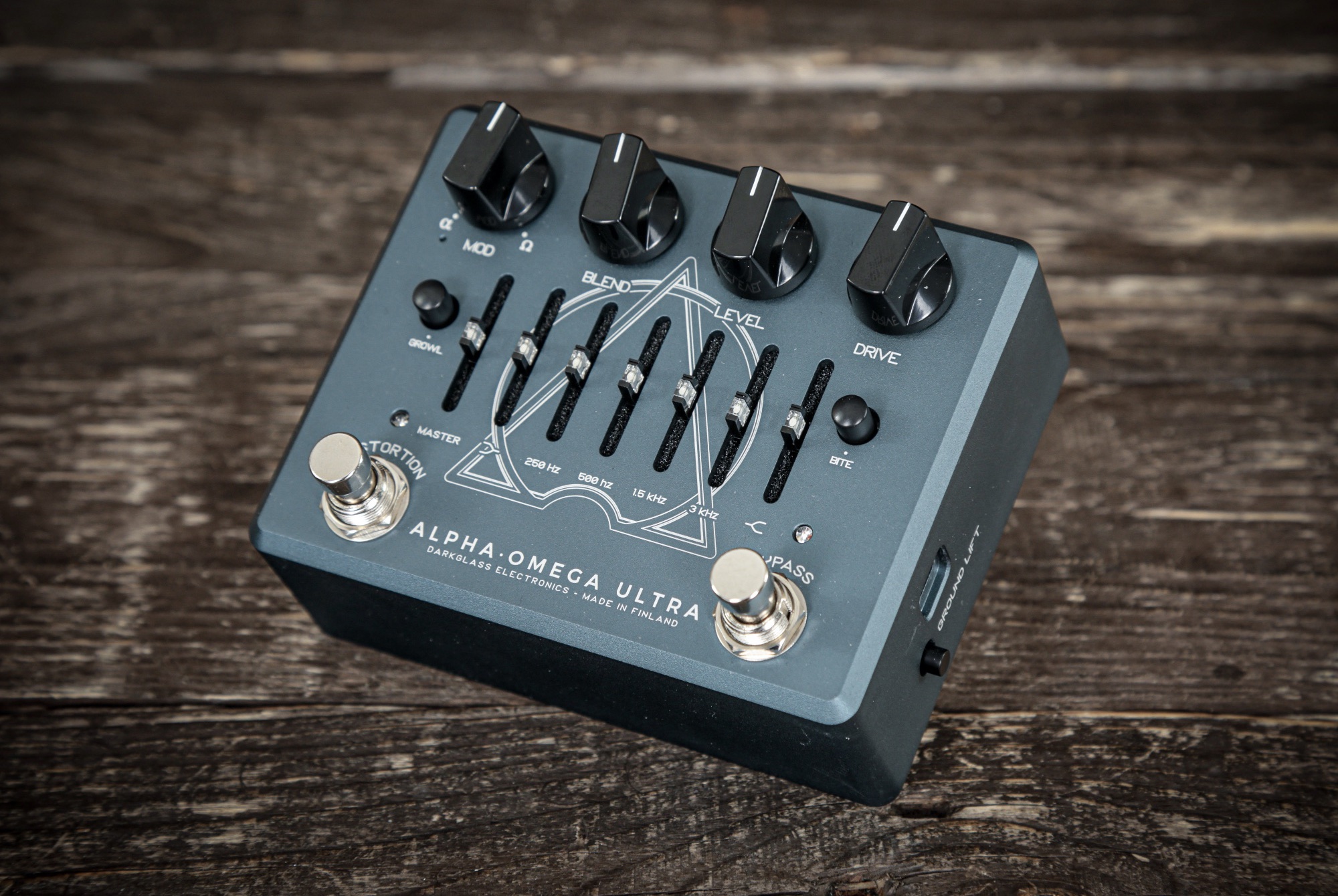- What’s the Purpose of a Bass Preamp Pedal?
- Do I Need a Bass Preamp Pedal?
- What is the Best Bass Preamp Pedal?
There are multiple ways to amplify and capture the sounds of bass guitars. Using a bass preamp pedal is considered one of the most practical, modern and affordable solutions available. It’s therefore no surprise why they’re becoming favoured by the latest generation of bass players who prioritise portability and ease-of-use over sheer power.
But what does a preamp do for bass? In this extensive blog, we go into great detail about how bass preamp pedals work and also reveal just how adaptable they can be — particularly for performing bassists and even home hobbyists. By the end of this piece, you just might consider one for yourself!
What’s the Purpose of a Bass Preamp Pedal?

A bass preamp pedal is essentially a flexible DI box that features the tone-shaping EQ controls you’d typically find on bass amps. Its purpose is to ultimately replicate the sound of a bass amplifier’s preamp section, and to therefore be used as a more compact and pedalboard-friendly alternative to a full-fledged bass amp.
Bass preamp pedals are employed for both live and studio situations. Acting as a go-between for your bass guitar and a mixing desk/audio interface, a bass preamp pedal allows you to plug directly into a PA system or computer with convincing bass amp tone. However, bass preamp pedals can be used in conjunction with dedicated bass amps too. They can serve as another tone-sculpting stage, or even as an overdrive of sorts. They’re also great silent practice tools, as many bass preamps come equipped with handy headphone outputs!






















Responses & Questions